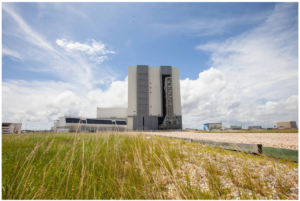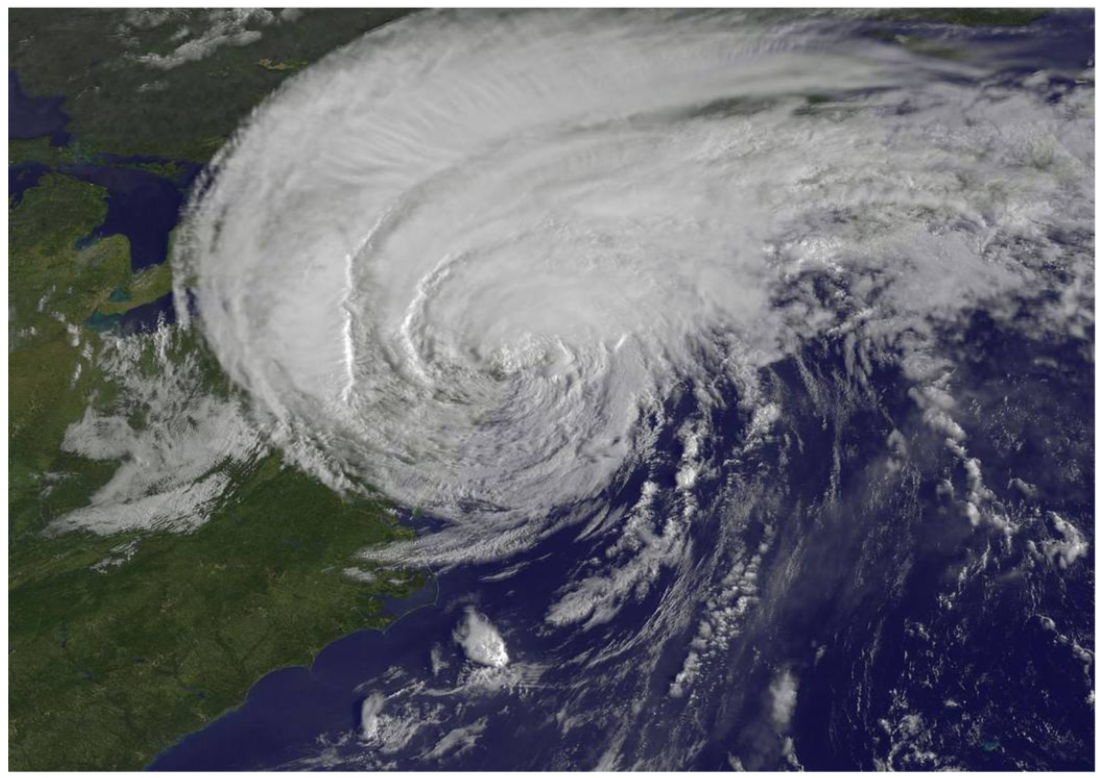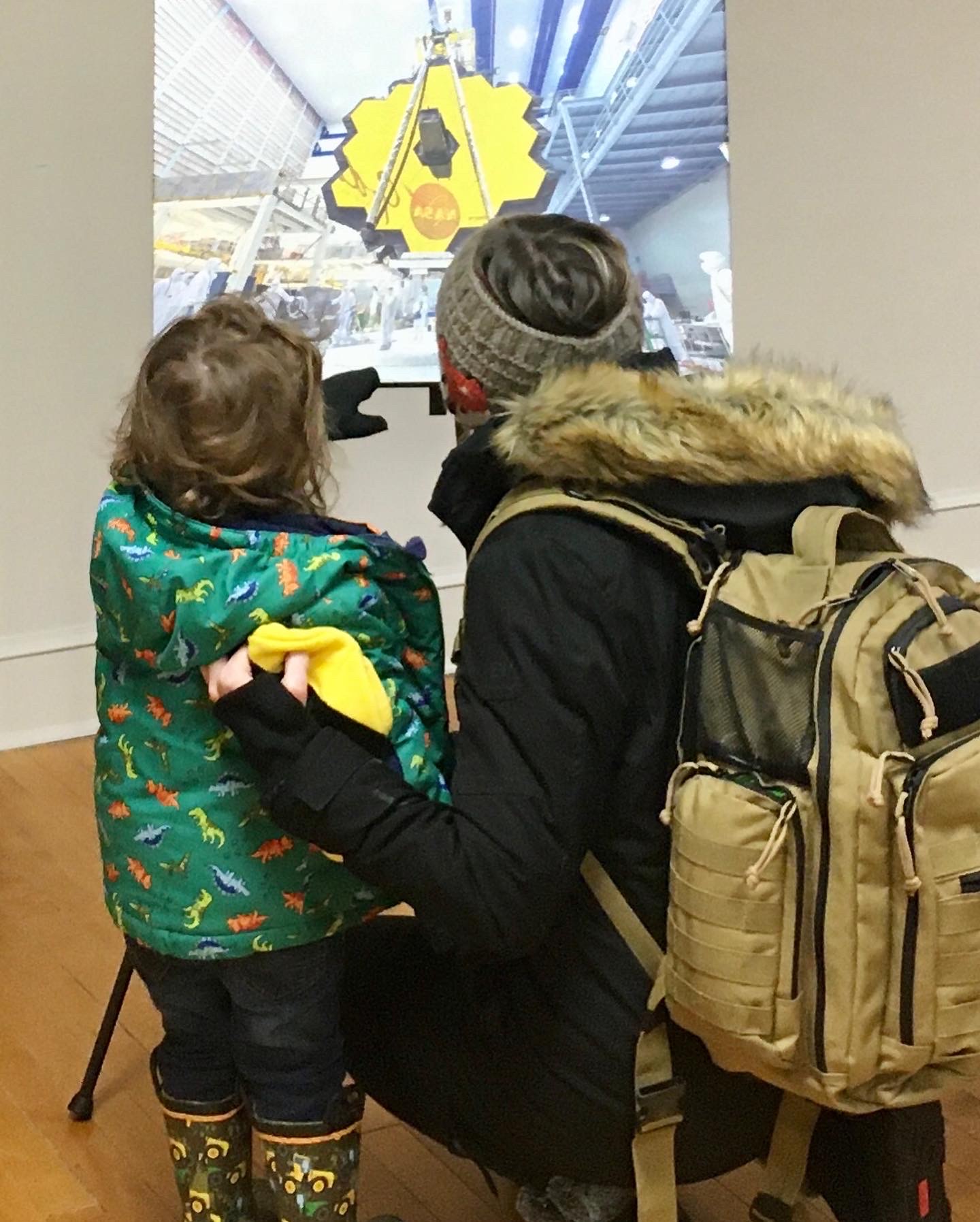Image: Hurricane Irene making landfall over the Northeast US
STAR Net’s Our Blue Planet: EARTH campaign is a celebration of NASA’s focus on Earth’s oceans, understanding how they are changing and their impact on sea life and our weather and climate systems. Participate in this event during the summer of 2022 by sharing activities and resources with your patrons! This month’s featured activity is Building for Hurricanes.
In this engineering design challenge, participants use simple materials to design and construct a tower as tall as possible that can hold up a tennis ball while resisting the force of wind from a fan. Facilitate as an in-person program at your library, a Take & Make activity, or as a demonstration for a virtual program.
Time to complete: 1-2 hours
Ages: Upper Elementary, Tweens (9-12), Teens
Modification and Preparation List
Total Cost: $1-$5
Fundamental Space Science Concepts – Building for Hurricanes relates to Our Blue Planet: EARTH:
Hurricanes, also known as typhoons or cyclones, are massive storms with a wind speed of at least 74 miles per hour. Have you noticed longer “hurricane seasons” each year? Called “tropical cyclones” by scientists, hurricanes may be increasing in frequency and power due to climate change.
Hurricanes form in warm tropical waters when the warm air near the surface of the ocean rises into the atmosphere, creating a cycle in which cooler air is pulled in to replace the warm air that rises and is warmed itself. This newly warmed air then rises, creating massive cloud and rain systems that form large, powerful circular storms. If these storms reach landfall, they put people and property at risk from extreme winds, storm surges and flooding, rain-induced landslides, and windborne debris.
In order to mitigate harms from hurricanes, scientists use strategies monitor storms as they form in order to provide ample warning for evacuations and preparation. Civil engineers who design buildings and cities are increasingly designing these spaces to be more wind- and flood-resistant. These strategies include building storm surge barriers around coastal cities to prevent flooding as well as designing buildings to allow air to pass through the buildings without collapsing roofs or overhangs.
What are your ideas for protecting against hurricane destruction? The Building for Hurricanes activity puts participants in the role of scientists and engineers to create their own unique strategies.

Hurricane Prep at Kennedy. Artemis ground support equipment is moved inside assembly buildings in advance of Hurricane Dorian.
Video resources for you to use and share with patrons:
How Do Hurricanes Form? From NOAA SciJinks
This two-minute video from the National Oceanographic and Atmospheric Administration explains how hurricanes form and how scientists worldwide track their formation and movement.
Engines of Destruction: The Science of Hurricanes from PBS Digital Studios Be Smart
This six-and-a-half-minute explainer from PBS covers the science of hurricanes and the history of how human understanding of these massive storms has changed over time.
Mitigation Matters: Rebuilding for a Resilient Future from FEMA
This four-minute video from the Federal Emergency Management Agency shows how one family in North Carolina rebuilt their home after a hurricane to better withstand floods and storms.
STAR Net’s Our Blue Planet: EARTH Event Page: https://www.starnetlibraries.org/our-planet-earth/
Discover more Our Blue Planet: EARTH Toolkit activities at
http://clearinghouse.starnetlibraries.org/161-our-planet-earth
This content was written by Dillon Connelly from the Space Science Institute





Leave A Comment